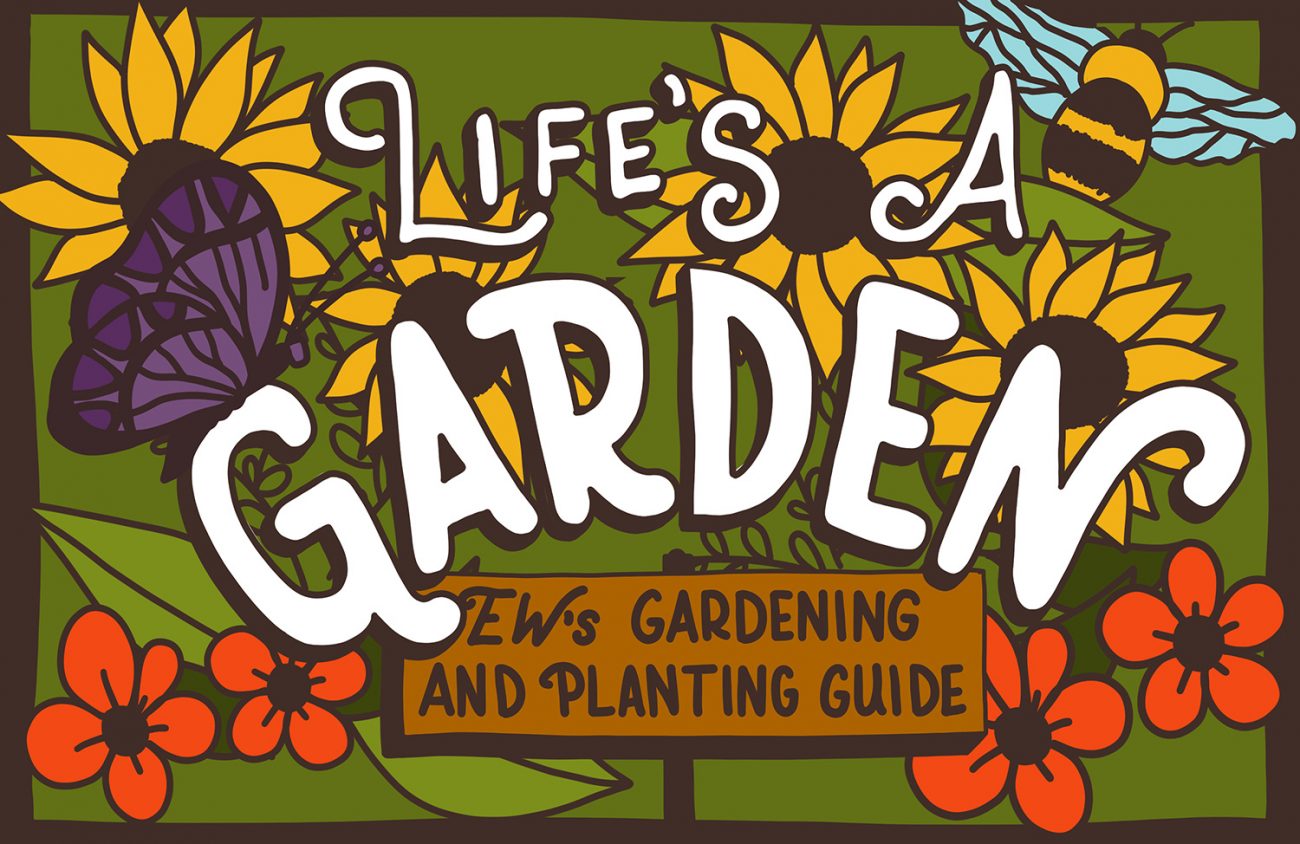For the first two years of high school, I was active in Future Farmers of America. During that time, I raised two hogs, competed in agricultural mechanics competitions and was elected to organizational office at the school and county level.
As fate would have it, I never became a farmer and can’t even grow crops in my backyard.
Now, I’d probably be better off playing the Farming Simulator video game series, but I’ve made the declaration that this is the year I’ll grow a garden, a year after COVID turned everyone into a backyard gardener.
So I reached out to Oregon State University’s Erica Chernoh, an assistant professor of practice with the Department of Horticulture and Master Gardener coordinator in Lane County. Chernoh broke down some of the need-to-knows — such as how to know which plants to germinate indoors, raised beds vs. on-the-ground planting and which plants are beginner-friendly.
Gardening is more than just plopping the seed into a box full of soil. For some vegetables, you have to germinate in an indoor setting. “You have to start them when it’s still too cold outside,” she says. “You start your peppers and tomatoes indoors when you have cool nights, and you transplant them outdoors in May when soil temperatures and air temperatures have heated up.”
Some other seeds can go directly into the ground, such as squash and peas, and others like tubers thrive like that because you disturb their roots if you transplant them.
Walking through any Eugene-Springfield neighborhood, it’s not uncommon to see several raised beds filled with soil and some plants in people’s yards. Chenoh tells me that raised beds are popular for gardening because it helps with drainage and warms up better than if you plant seeds in the ground. And she adds the soil in this area has a lot of clay in it, so it doesn’t drain well and stays cold late into the spring.
Although I spent $100 on two raised bed frames (I’m at the stage in life where family members give me home improvement store gift cards), Chernoh says that’s unnecessary. “You don’t have to have this wooden structure around it,” she adds. “You can simply build up a hill or a mound.”
For us beginner gardeners, Chenoh offers some options that are easier. “Summer squash and zucchini,” she says. “You’ll probably have too much success,” adding that those are the veggies that end up in freebie boxes in the area. Other easy to grow vegetables for beginners include beets, radishes and sweet peas.
As for the challenge? Those are the veggies that attract pests or are nutrient-demanding, she says. That includes broccoli, cauliflower or peppers. She advises beginners to not plant those the first year, “but some of the fun of gardening is experimenting a little bit,” she says. “Don’t be scared to experiment, just be prepared that every now and then the experiment won’t go the way you want it.”
So take a look at Eugene Weekly’s annual planting guide and channel that experimental spirit with your garden — and hopefully I’ll make my FFA past self proud with a bounty of zucchini and squash.
Oregon State University Extension Service’s website is filled with resources for a range of gardeners. Visit Extension.OregonState.edu/Gardening for more information.
